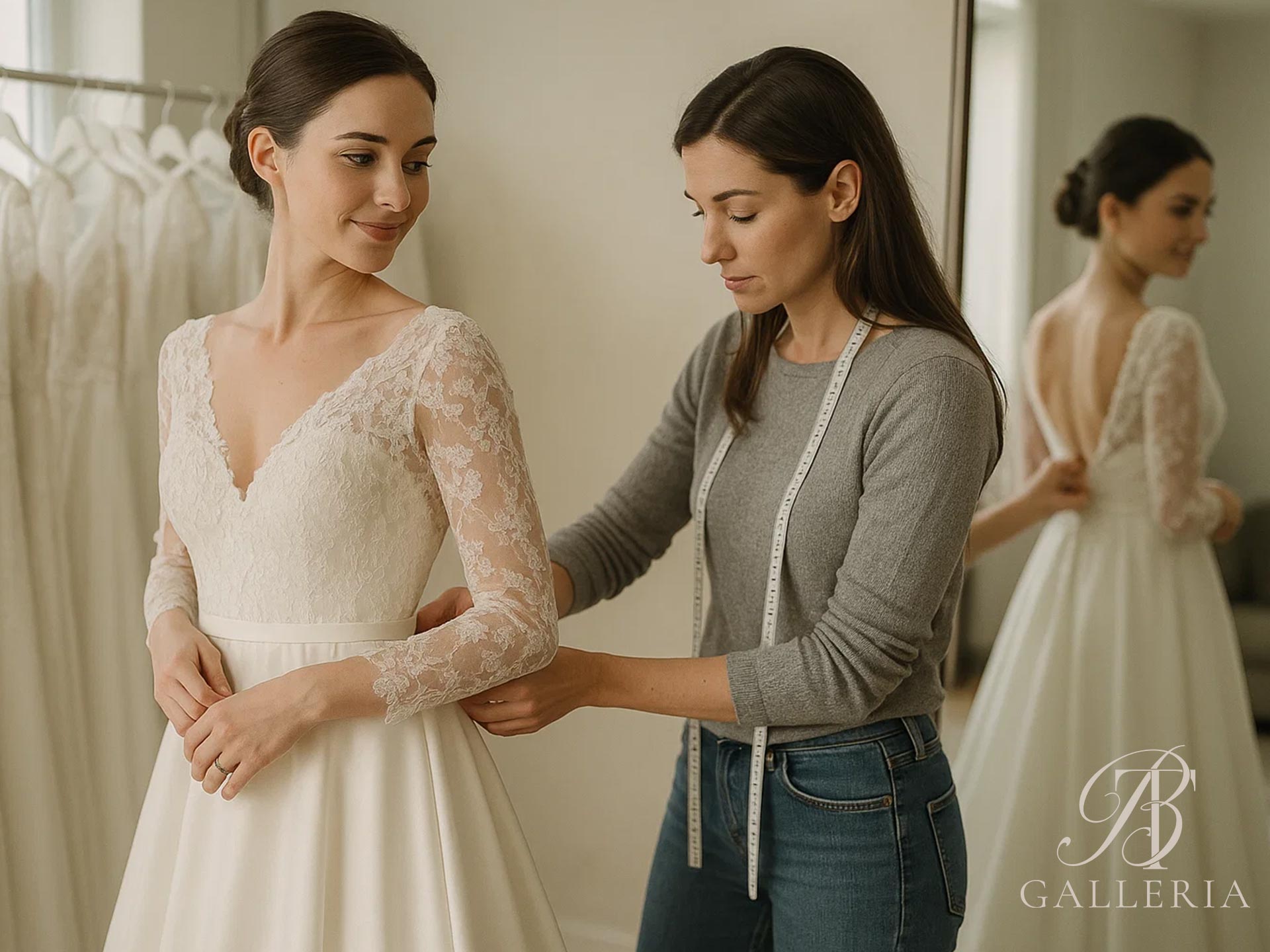
How Many Wedding Dress Fittings Are Necessary for Alterations?
Ensuring your wedding dress fits like a dream is every bride’s priority. When it comes to achieving that flawless fit, the number of fittings is a crucial question. “How many wedding dress fittings” does it take to perfect your gown? The answer isn’t one-size-fits-all. Depending on your dress, timeline, and body changes, multiple appointments might be necessary. This article will guide you through the typical fitting process and what you should expect at each stage to ensure your bridal look is absolutely stunning on your big day.
Understanding the Wedding Dress Fitting Process
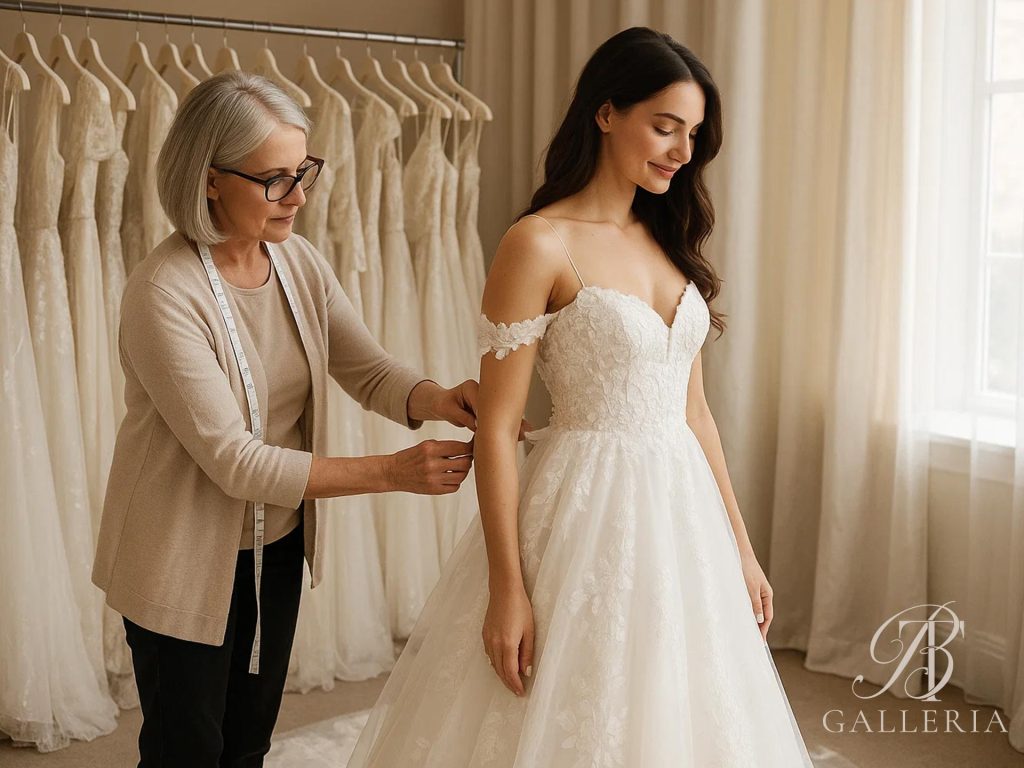
Before diving into the number of fittings required, it’s important to understand the wedding dress alteration process itself. Your gown is likely made of delicate fabrics with intricate detailing, so adjustments must be handled with care and precision. The goal of the fittings is to mold the dress perfectly to your figure, ensuring comfort and elegance.
Each fitting serves a unique purpose, from taking initial measurements to making minor tweaks closer to your wedding date. But how many wedding dress fittings you expect to stand in front of that mirror for your fitting? Let’s explore the different factors that influence the number of fittings.
No two brides are alike, and neither are their wedding dresses. The number of fittings required for your gown can vary based on a number of factors. Let’s look at the most significant ones:
- Complexity of the Dress Design
The more intricate your wedding dress design, the more fittings may be required. A simple sheath gown may require fewer adjustments, while a ballgown with extensive beading or lacework may need more detailed alterations. - Customizations to the Dress
If you’re customizing the dress beyond standard alterations (e.g., adding sleeves, altering the neckline), expect more fittings to ensure those changes are properly incorporated. - Weight Fluctuations
Brides often experience weight changes between their first fitting and their wedding day. Any significant changes may necessitate additional fittings to ensure the gown still fits perfectly. - Timeline and Schedule
Bridal shops often recommend starting fittings months in advance. However, if you’re on a tighter timeline, adjustments may need to happen more quickly, leading to a different number of fittings. - Type of Fabric
Delicate fabrics like silk or chiffon may require more care, which could result in more fittings to get the details just right without damaging the material.
When Should You Schedule Your First Wedding Dress Fitting?
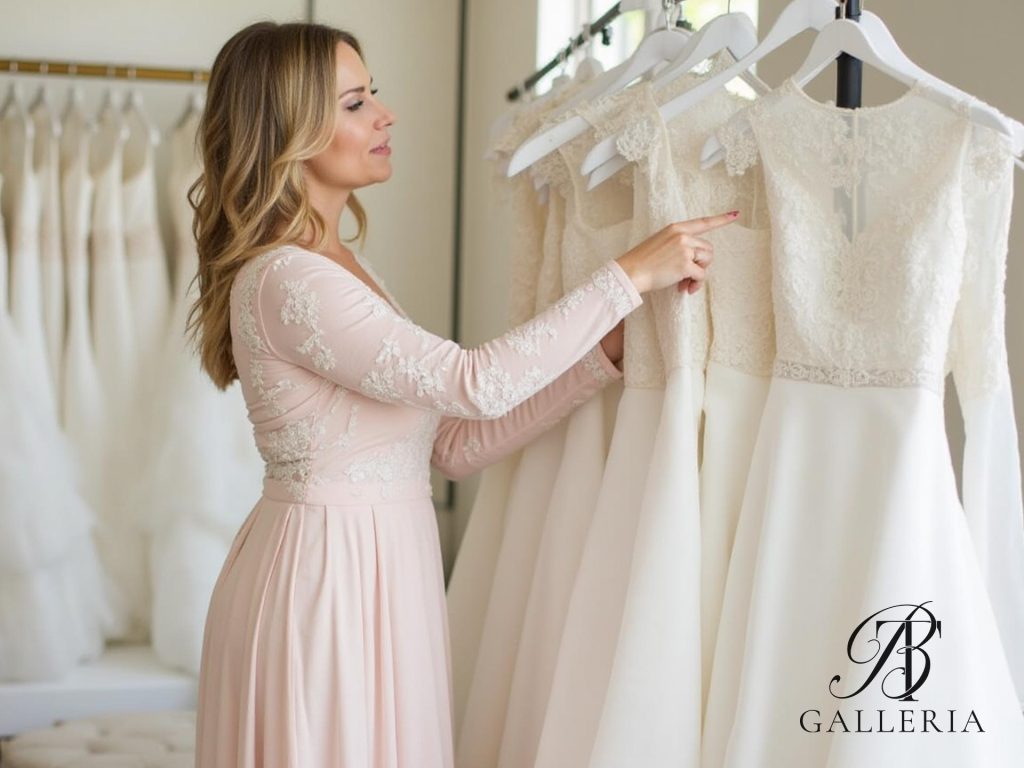
Timing is everything when it comes to wedding dress alterations. Brides typically schedule their first fitting about two to three months before the wedding day. This gives enough time for adjustments but ensures your body size won’t change too drastically between the first fitting and the wedding. At the first fitting, your seamstress will take initial measurements and pin the areas of the dress that need adjustments.
For most brides, three fittings is the standard number to achieve that perfect fit. Here’s a breakdown of what you can expect at each appointment:
The First Fitting: Getting Started
The first fitting is usually scheduled about eight to twelve weeks before the wedding. This is your first opportunity to try on your actual gown after ordering. Your seamstress will pin areas for adjustments, ensuring the hem, bodice, and straps are tailored to your body.
During this fitting, it’s important to bring the shoes and undergarments you’ll be wearing on the wedding day, as these will impact the dress’s length and fit. Don’t worry if the dress doesn’t feel perfect right away—this appointment is for making notes and initial adjustments.
What to Expect:
- Hemline adjustments
- Taking in or letting out seams
- Pinning the bodice and straps
The Second Fitting: Refining the Fit
The second fitting happens about a month after the first. By now, the dress should already look and feel much closer to what you envisioned. At this point, the seamstress will focus on more detailed adjustments, such as ensuring the dress hugs your figure in all the right places. Any final tweaks to the neckline, sleeves, or waistline are made.
If you’ve experienced any weight changes since the first fitting, now’s the time to mention it. Small tweaks may still be required.
What to Expect:
- Fine-tuning the fit around the bust, waist, and hips
- Ensuring the dress sits perfectly on your body
- Further adjustments to any added customizations
The Final Fitting: Perfection Achieved
The final fitting usually happens one to two weeks before the wedding. This appointment is all about making sure the dress looks perfect and fits comfortably. You should be able to walk, sit, and dance with ease in your gown. If everything is in order, this will likely be your last fitting.
Any small last-minute tweaks will be made here, such as adjustments to the hem or bustle, ensuring the train can be managed throughout the ceremony and reception.
What to Expect:
- Double-checking the hem and train
- Final adjustments to fit
- Ensuring the bustle is functioning properly
Are More Than Three Fittings Ever Necessary?
While three fittings are standard, some brides may need a fourth or even a fifth fitting, depending on certain factors. For example, if there are significant weight fluctuations close to the wedding date, or if you’ve added elaborate customizations like hand-sewn lace or beadwork, extra appointments may be necessary.
Similarly, if the dress fabric is particularly delicate, more fittings may be needed to ensure that any changes don’t damage the material. Keep in mind that additional fittings could incur extra costs, so it’s worth budgeting for this possibility in advance.
How to Prepare for Your Wedding Dress Fittings
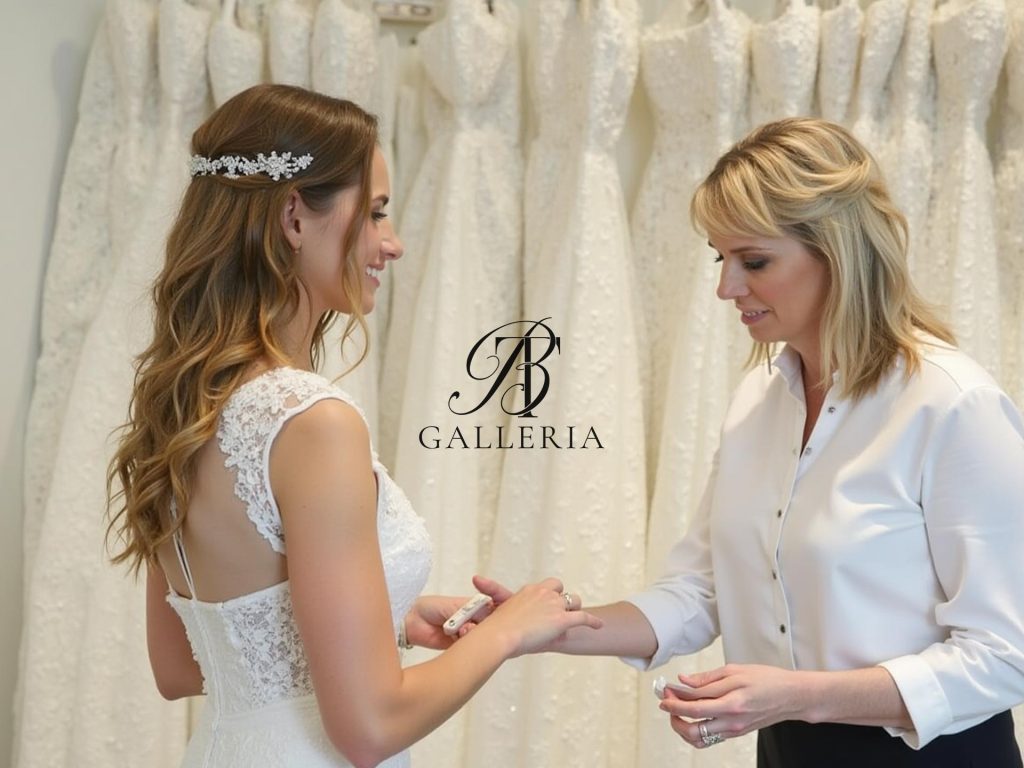
Preparing for your fittings can make the process smoother and more enjoyable. Here are a few tips to help you get ready:
- Bring the Right Shoes and Undergarments
As mentioned earlier, you should always bring the shoes and undergarments you’ll wear on your wedding day. These items affect the length and fit of the dress, so having them with you is crucial. - Keep an Open Mind
Your dress may not fit perfectly at the first fitting, but that’s okay! The goal is to make steady improvements at each appointment. - Communicate with Your Seamstress
Don’t hesitate to share concerns or preferences. Seamstresses are experts, but they need your input to get the fit just right. - Keep Track of Time
Always schedule your fittings well in advance and avoid leaving them too close to your wedding date. This gives your seamstress ample time to make the necessary changes without rushing.
FAQs
Three fittings are usually sufficient, though some dresses may require more depending on the complexity and any changes in your body.
It’s best to schedule your first fitting about two to three months before your wedding day.
Bring the shoes and undergarments you plan to wear on your wedding day to ensure the correct fit.
Let your seamstress know about any weight changes, as this could require additional alterations and possibly more fittings.
Each fitting usually takes about an hour, depending on the extent of the alterations.
Conclusion
Your wedding dress is one of the most important aspects of your big day, and getting it fitted to perfection requires time and attention. Most brides need around three fittings, but the final number will depend on the complexity of the gown, any customizations, and changes in your body.
At Bridal and Tuxedo Galleria, we prioritize every bride’s unique needs, providing expert alterations that ensure your gown fits perfectly and looks stunning. With careful planning and collaboration with an experienced seamstress, your dream dress will become a reality. Let us help you walk down the aisle with confidence and elegance! Book your wedding dress alteration today.

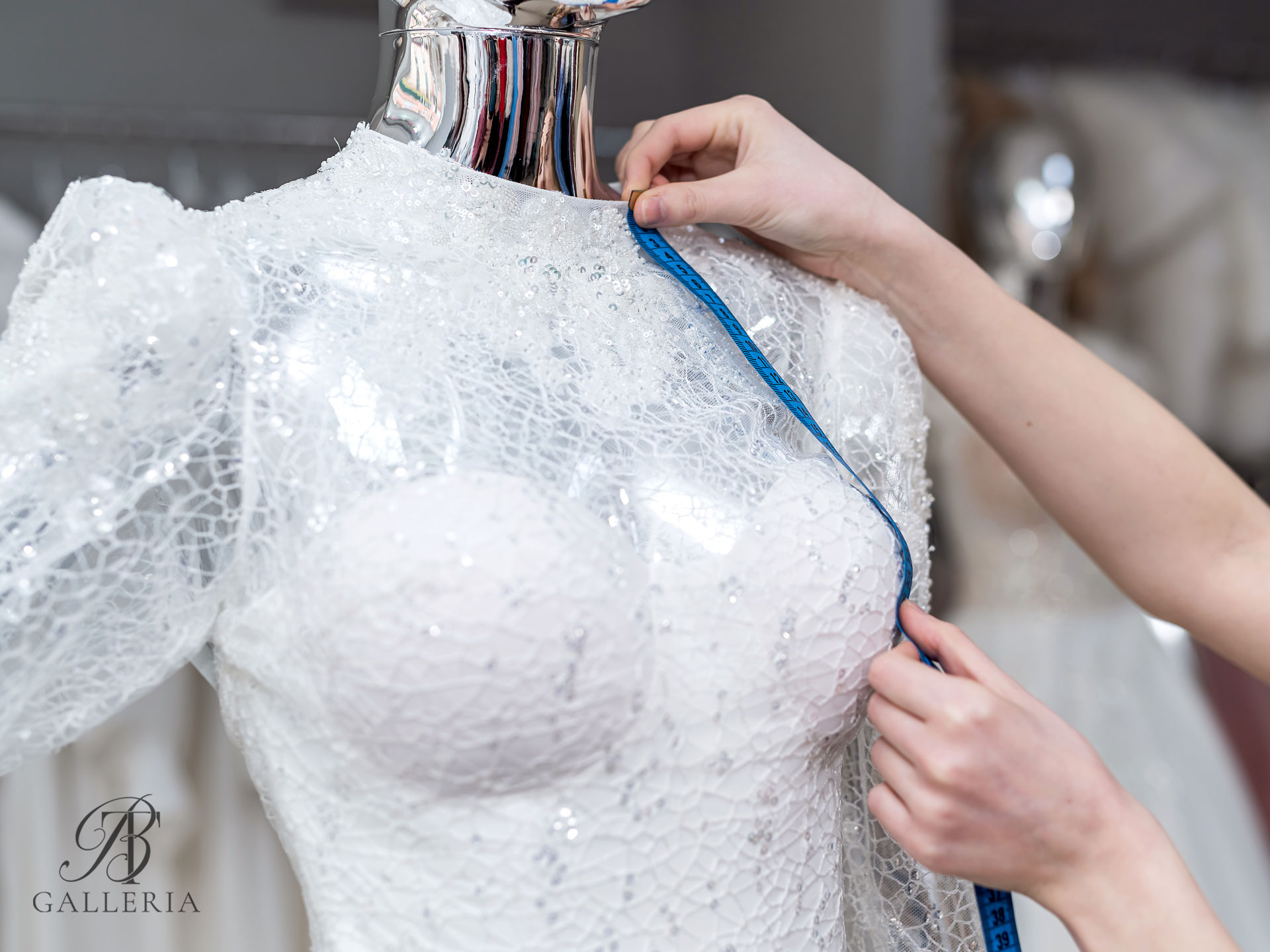
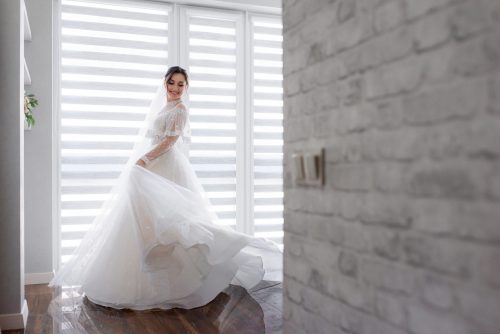


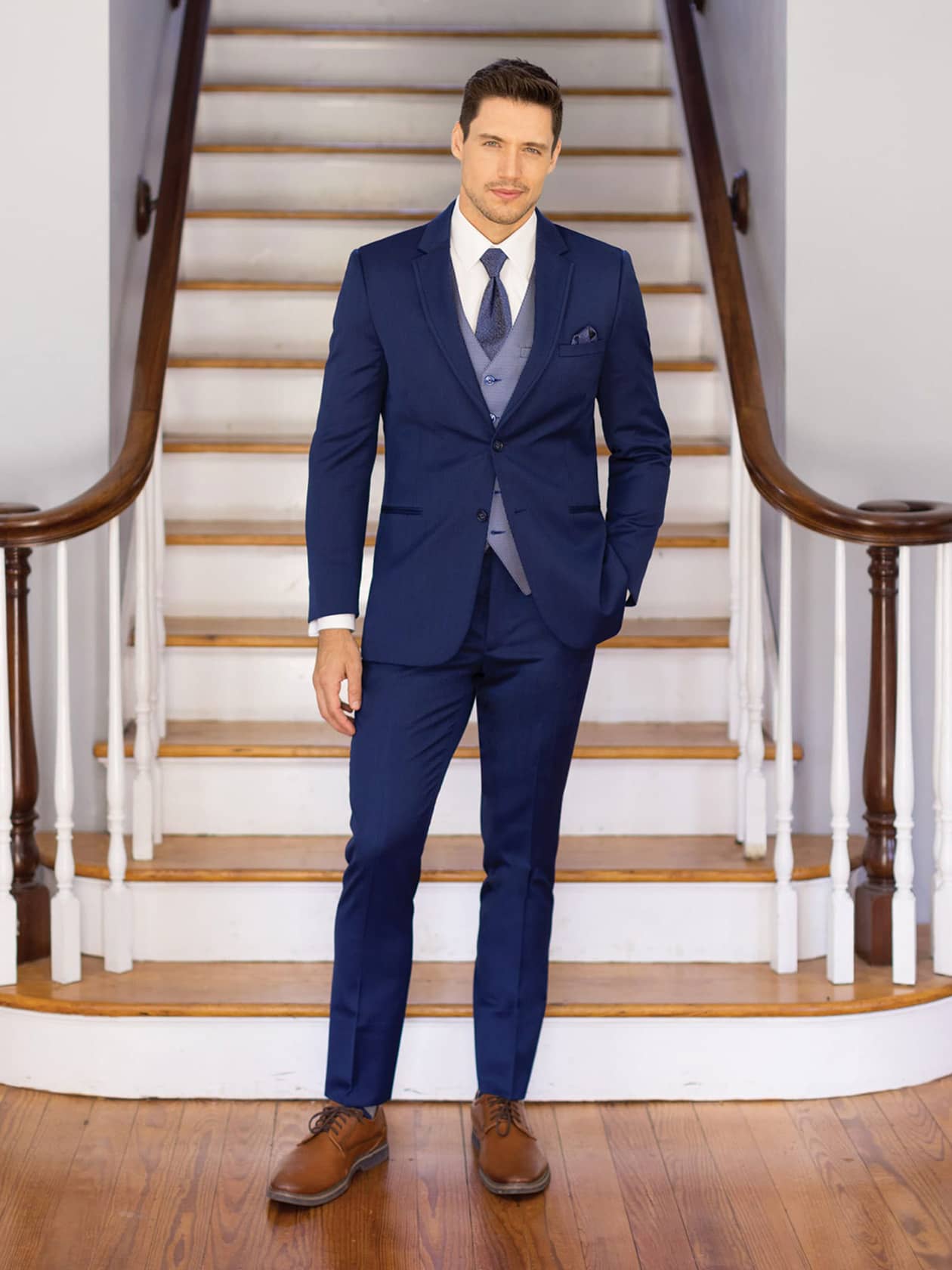

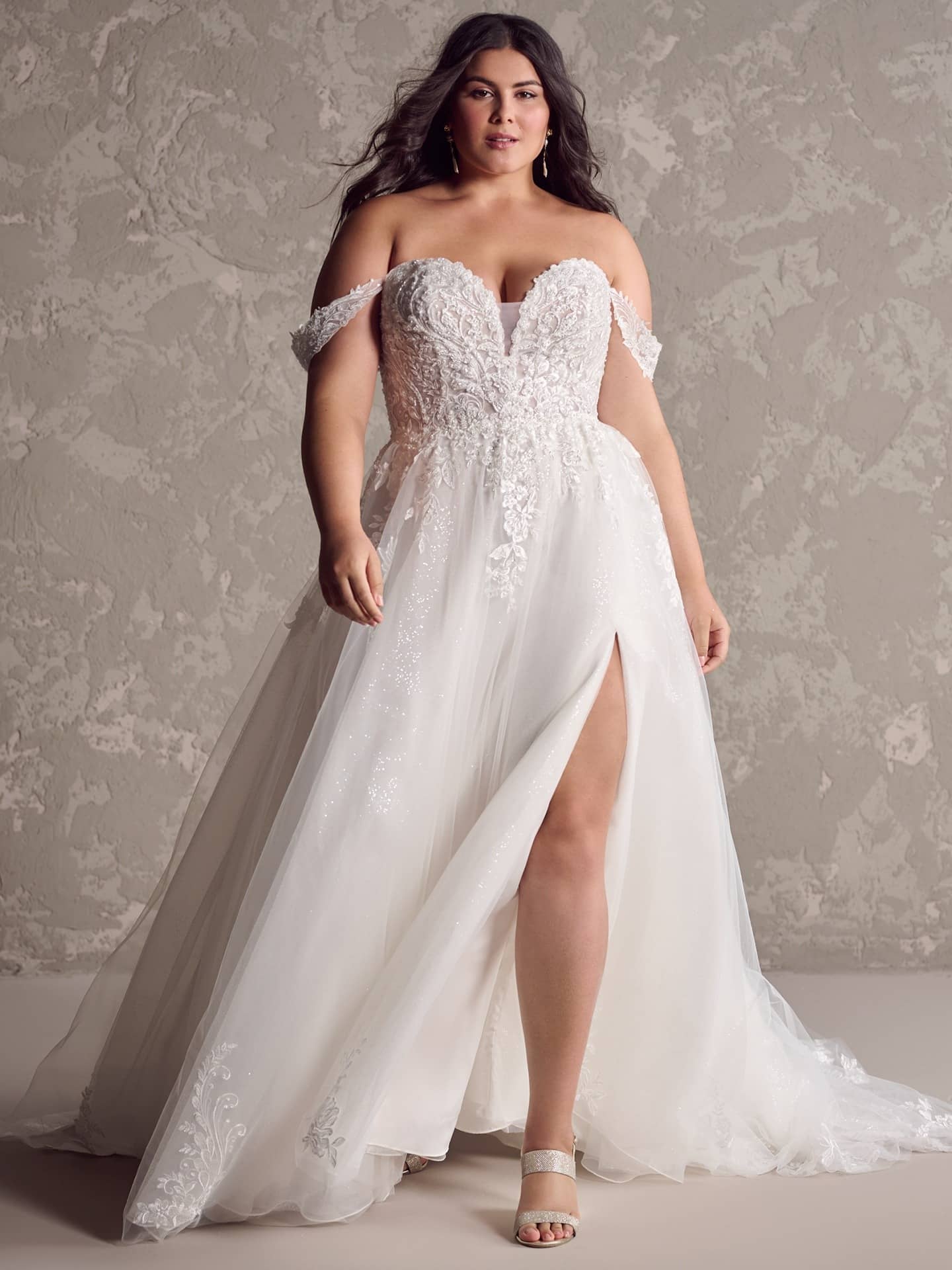
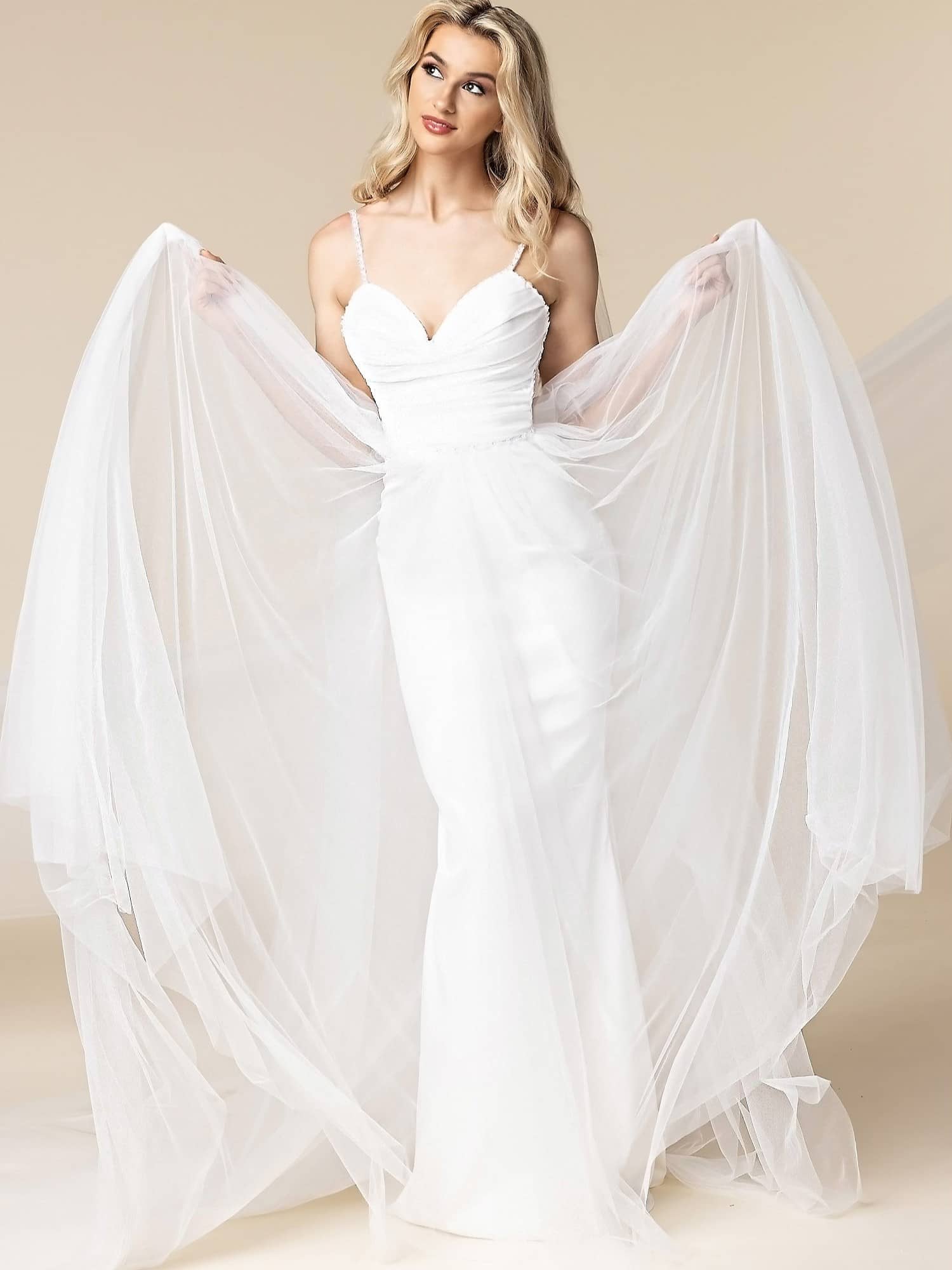
Leave a Reply